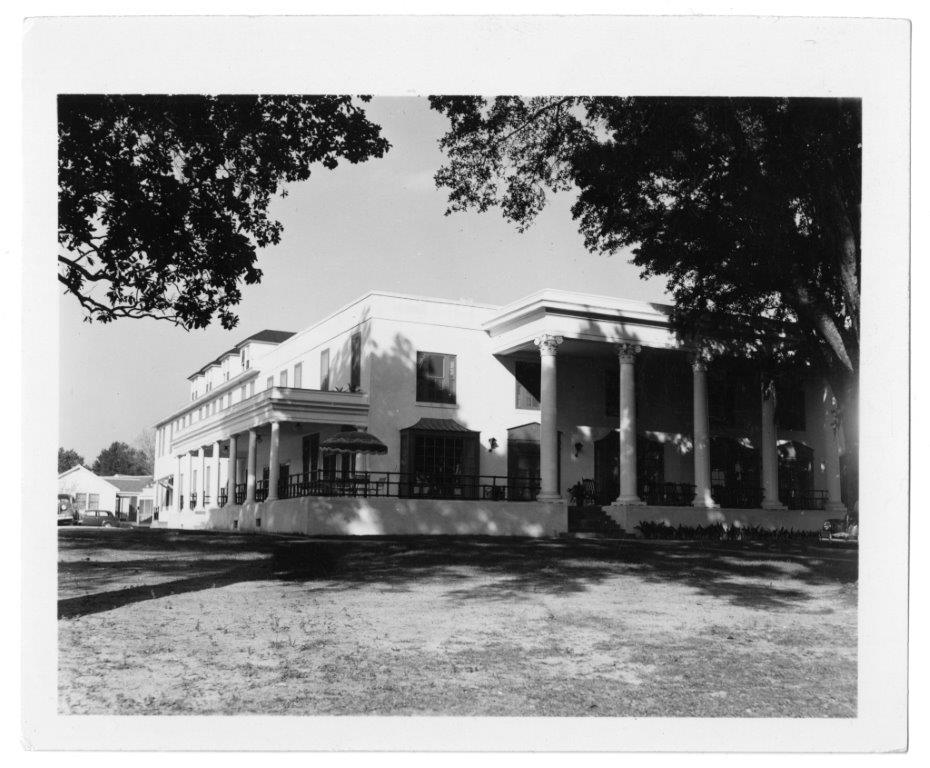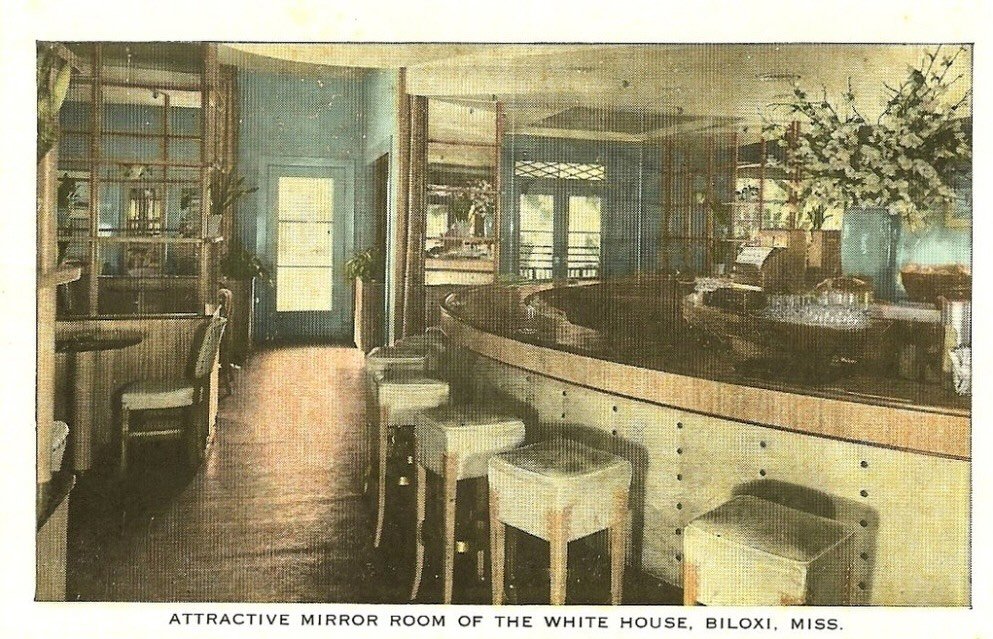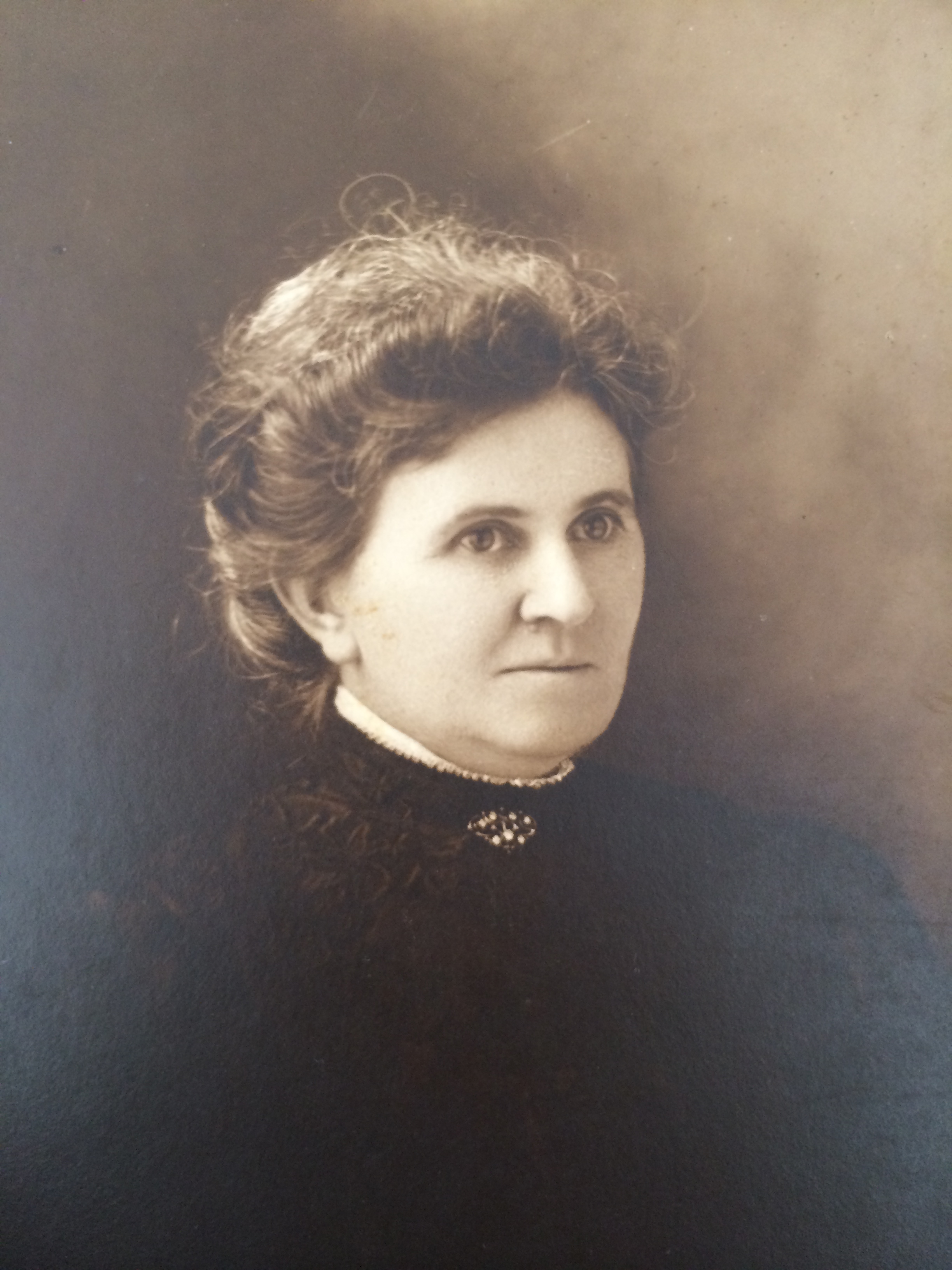
OUR HISTORY
Back in the 1890s
Cora White, the wife of Gulf Coast lawyer and later Circuit Court Judge Walter White, began accepting boarders into their home on the Biloxi beach while Walter was establishing his new law practice. Business was so good, she and Walter bought the house next door. Pretty soon, Cora’s popular rooms were in a row of seven Victorian homes. In 1910, two of the buildings were joined to create a lobby, a dining room and a ballroom. The White House Hotel you see today was the result of Cora, her sons Walter and John, and architect George B. Rogers working together to build two additions that are now the center and east wings.
The White House Hotel sat vacant for 30 years and survived Hurricane Katrina. In 2013, restoration began and was completed in 2014, with 76 rooms in the boutique hotel now available.
WHITE HOUSE HOTEL BEGINNING
Passed Down by Family Lore
Recorded by Walter and Cora's Great-Granddaughter Bettie Allen Fore
"In the late 1800s when one traveled almost any distance it was never for just a few hours or a day or two. In fact if one just traveled 25 miles back then it was for a visit of at least a week. Now if relatives travel a distance of 50 to 100 or even more miles it was usually for two weeks or a month long visit.
Walter and Cora White's home faced a wonderful sandy beach and the beautiful Gulf waters. This was a great place to lie around and enjoy the warm sun after winter was over. Relatives and a few friends had a habit of showing up to visit with Walter and Cora during the summer. In those days a host and hostess was expected to be very accommodating in order to make the guest feel at home.
Walter and Cora were very gracious in that area. However with Walter being a lawyer most of his days were spent in the law office. That left the largest part of looking after the guest to fall on Cora. After a several summers of this Cora decided she had enough of the summer visitors with them expecting her to cook, clean and provide entertainment for them every day.
Her decision was made during a winter month and by early spring she had her list made for the cost of just a room or room and board. She had the price sheets printed up and she mailed to all that had been coming down for the summer. She also included on the list that reservations should be made early in order to have a room available for their arrival date on the coast.
The family story goes that about half of the relatives and friends which had always shown up did not reply nor did they appear in Biloxi that summer. It worked so well that Cora decided they should start a boarding house. The boarding house would not be for just the summer visitors but for year long guest.
Thus was the start of what was to become a very well known hotel and golf course,
The White House Hotel."
Let a Southern Breeze Welcome You Back Home
Shaded by venerable oaks while commanding a panoramic Gulf view, this Grande Dame once reigned as the crown jewel of the Mississippi coast. Now sadly deteriorated, the White House Hotel still speaks to passerby of a glamorous age. With the help of several federal and state financial incentives, plans are underway to save this treasured landmark.
A Celebrated Heyday
It was an unforgettable era. Along with fashionable flappers and Henry Ford's Model T, the decade of singular style known as "The Roaring Twenties" also launched a new travel boom across the entire country. In the Deep South, well-heeled tourists from as far away as Chicago flocked to a pristine stretch of sandy beaches along Mississippi's coast, which would became famous as the "Riviera of America." Their destination: a casually elegant hotel, shaded by magnificent live oaks and overlooking the shimmering Gulf of Mexico, simply called "The White House." Here, guests lingered on the White House Hotel's front porch to watch graceful wooden schooners catch the Gulf breeze in their sails. Spirited girls showed off golden tans - along with lots of leg - in the era's revolutionary, one-piece stretch bathing suits. While gentlemen, often wearing hats with their summer whites, honed their putts on the Hotel's immaculate grand front lawn.
Shaded by Seven Oaks
The White House Hotel’s name could easily have been inspired by her stately white façade and imposing Corinthian columns, which evoke images of a presidential mansion. However, the Hotel was actually named after popular long-time owner Walter A. White, a Mississippi lawyer who moved to the Gulf Coast in 1890 and would later be appointed as a Circuit Court Judge. Mr. White purchased the Hotel’s main property, originally the site of the successful Gorenflo Oyster Company, in the aftermath of a disastrous 1893 hurricane, which destroyed the oyster packing plant and left a three-rigged schooner wrecked on its shoreline. Salvaging thousands of discarded oyster shells to fill in the enormous lot’s swampy lowlands, White created a gently sloping knoll that would anchor his new Victorian residence on high ground while commanding a panoramic view of the Gulf. He also planted the seven live oak trees that continue to graciously shade the White House Hotel today.
Cora's Boarding House
After completing his new Biloxi waterfront home around 1895, Walter White could finally focus all his attentions on building his young law practice. To help make ends meet, his resourceful wife Cora began taking in boarders, mainly local schoolteachers. As White’s law practice grew, so did the number of tourists who were drawn to the invigorating beauty of Mississippi’s beaches. With visitors vying for the Coast’s few hotel rooms, Cora White saw a new opportunity...and by 1904 she had developed a steady clientele of summer guests. Mrs. White’s boarding business became so successful that she expanded by acquiring the Burke house next door. By 1910, one travel book was touting her establishment, now a row of seven Victorian residences, as “the leading hotel of Biloxi.” A year later, the savvy proprietress joined the first two homes together with a connecting building that became the grand front lobby and dining room, as well as a space for ballroom dancing, for the newly enlarged White House. She also added a generous front porch with classical pillars and a second floor balcony. Live music filled the downstairs rooms, and in July of 1915 the “Daily Herald” reported, “An orchestra of talented musicians from New Orleans has been secured for the White House.” With band members often decked out in summer linen suits, an orchestra played three sets a day for Hotel guests–beginning in the morning and ending after the dinner hour.
The Coast's Crown Jewel
By the booming tourism era of the 1920’s, Cora White’s charming Victorian boarding houses had collectively evolved into the crown jewel of Gulf Coast hotels. As fresh-cut flowers from the Hotel’s own hothouse graced the dining room tables, the White House chef could rely on "home raised vegetables and home raised, milk fed chickens," supplied by a farm and poultry yard located on the back of the Hotel grounds. Mrs. White’s promotional brochure also proudly noted, "All the milk furnished is from the White House herd of Jersey cows, whose maintenance is carefully supervised by the management." Sons Walter and John joined their mother in running the family business, and together they oversaw two significant expansions that would transform the White House Hotel from an eclectic row of Gulf-front residences into the grand white stucco structure that still endures today. Under the supervision of prominent architect George B. Rogers, who also designed Alabama’s famous Bellingrath Garden’s house, two large Spanish Colonial annexes were built in 1927 and 1929. These additions, which featured a private tiled bath for every guest room, now form the Center and East Wings of today’s imposing White House Hotel.
A Famous Fountain
One of the Hotel’s most notable landmarks was also created during the Roaring Twenties, inspired by Walter White’s tour of the General Electric plant up in Lynn, Massachusetts. There, the innovative general manager was captivated by a beautiful color fountain, featuring cascading sprays of water sparkling with rainbow hues projected by colored lights.











